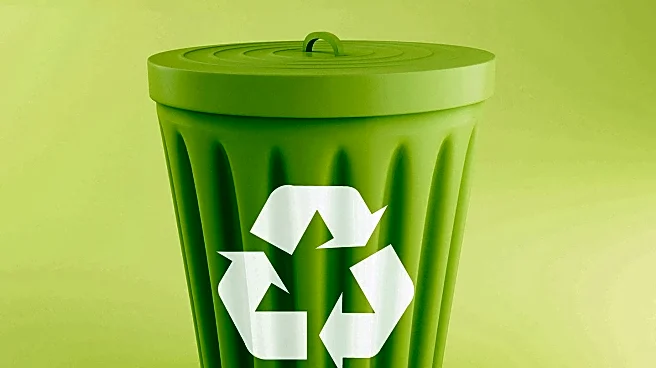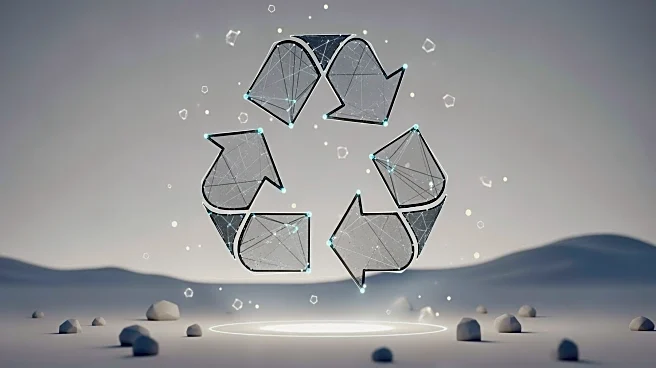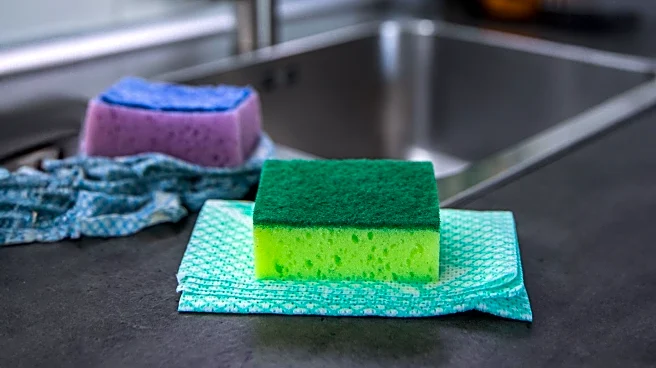What's Happening?
Heal the Bay, an environmental organization, has initiated a program to recycle Halloween costumes in an effort to minimize plastic waste. The main drop-off point for these costumes is the Heal the Bay Aquarium
located at the Santa Monica Pier. This initiative aims to address the environmental impact of discarded costumes, which often contain non-biodegradable materials. By encouraging the recycling of costumes, Heal the Bay hopes to reduce the amount of plastic waste that ends up in landfills and oceans, contributing to a healthier environment.
Why It's Important?
The recycling initiative by Heal the Bay is significant as it tackles the growing concern of plastic pollution, which poses a threat to marine life and ecosystems. By promoting the recycling of Halloween costumes, the organization is raising awareness about sustainable practices and encouraging individuals to consider the environmental impact of their holiday celebrations. This effort not only helps reduce waste but also fosters a culture of environmental responsibility among the community. As plastic pollution continues to be a major environmental issue, initiatives like this play a crucial role in mitigating its effects.
What's Next?
Heal the Bay plans to continue its efforts in promoting environmental sustainability through various programs and initiatives. The success of the Halloween costume recycling program may lead to similar initiatives for other holidays and events, encouraging more people to adopt eco-friendly practices. The organization may also collaborate with local businesses and schools to expand the reach of its recycling efforts, further reducing plastic waste and promoting environmental awareness.
Beyond the Headlines
This initiative highlights the broader cultural shift towards sustainability and environmental consciousness. As more organizations and individuals recognize the importance of reducing waste, there is potential for long-term changes in consumer behavior and product design. The focus on recycling and sustainability could lead to innovations in materials and manufacturing processes, ultimately contributing to a more sustainable future.











